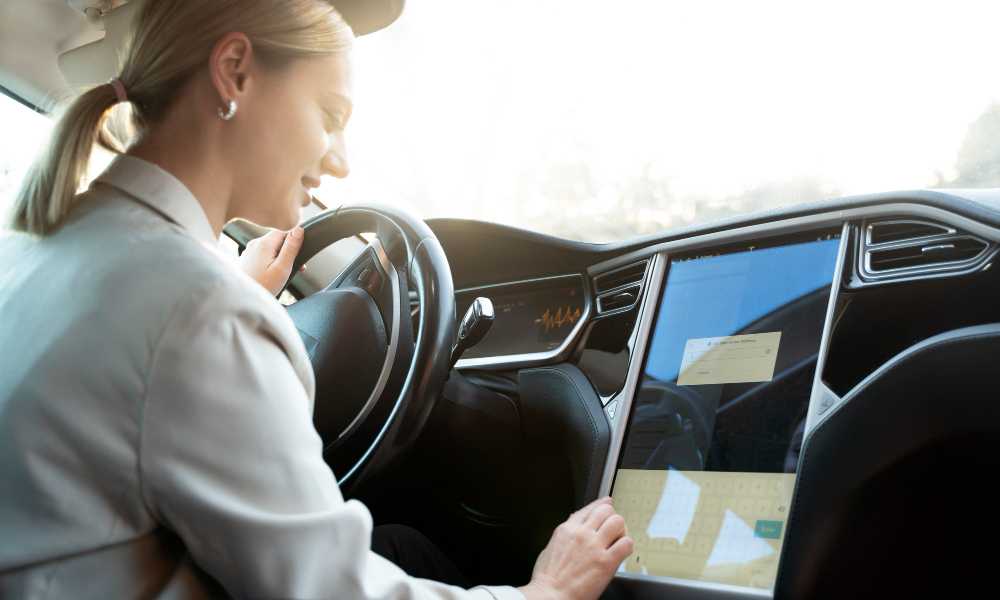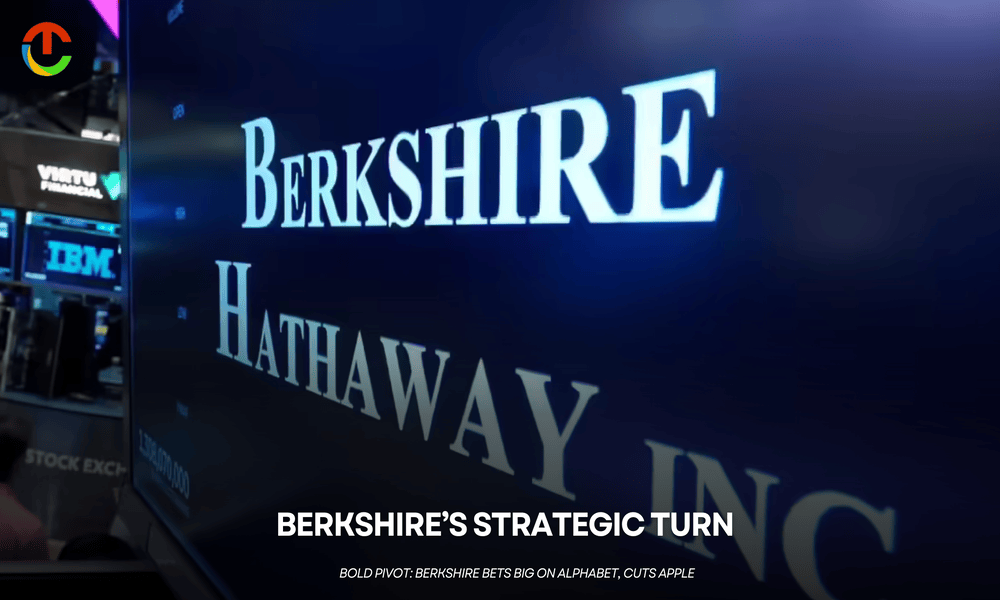Highlight Points:
- Federal regulators investigating Tesla’s ‘Full Self-Driving’ (FSD) technology.
- Concerns raised over potential safety risks and recent incidents.
- Tesla is under investigation as it continues to market the feature.
Growing Safety Concerns
Federal regulators have officially opened an investigation into Tesla’s ‘Full Self Driving’ (FSD) technology, highlighting rising safety concerns.The National Highway Traffic Safety Administration (NHTSA) is examining multiple incidents where the FSD technology may have contributed to accidents. As Tesla markets this feature as a cutting-edge advancement in autonomous driving, questions about its reliability and safety have intensified.
The investigation comes at time as Tesla has been rapidly rolling out updates to its FSD system, promoting it as a revolutionary tool for drivers. However, several high-profile incidents have raised alarms, prompting regulators to scrutinize the technology more closely.
Implications for Tesla and Consumers
The look into of Tesla’s Full Self-Driving feature has major implications for both the firm and consumers. If regulators identify confirmation that the system offers unacceptable safety hazards, they may issue recalls or require mandated adjustments. Tesla has maintained that the FSD feature is safe and improving, but the ongoing test raises concerns among customers about the technology’s actual capabilities.
Consumers who have invested in Tesla’s FSD are left wondering about the safety of their vehicles and the reliability of a feature they were led to believe would enhance their driving experience. As the investigation unfolds, Tesla may face pressure to provide more transparency about its autonomous technology.
The Future of Autonomous Driving
As federal scrutiny intensifies, the future of Tesla’s FSD feature and autonomous driving as a whole—hangs in the balance. Industry experts argue that while advancements in self-driving technology are promising, they must be accompanied by rigorous safety evaluations and accountability measures. The outcome of this investigation could set a precedent for how autonomous vehicles are regulated in the U.S.










